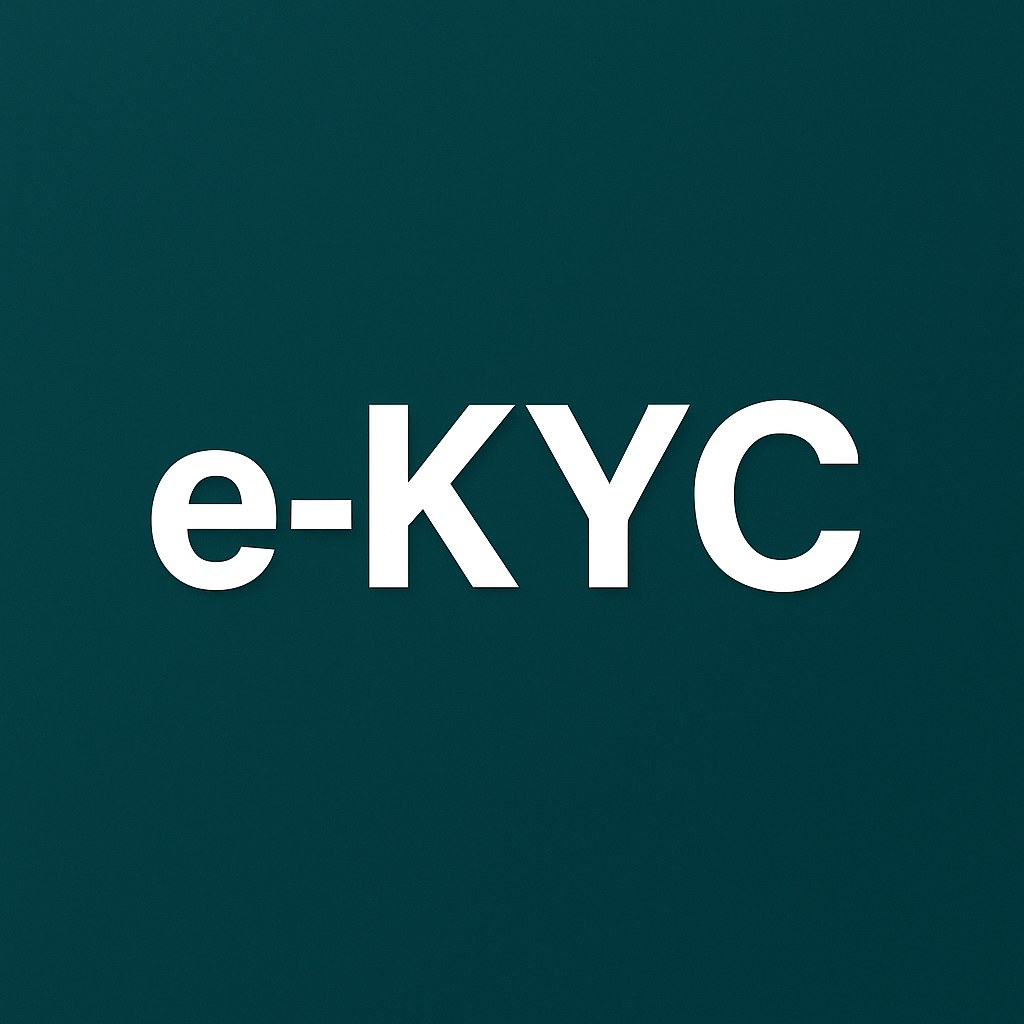Evolution and Growth of Bangladesh Payment System
Bangladesh’s payment system has undergone significant transformation over the years, driven by technological advancements, policy reforms, and economic growth. From cash-based transactions to digital and real-time payments, the country has made remarkable progress in building a modern and efficient financial ecosystem.
1. Early Stage: Cash-Based Transactions
In the early days, Bangladesh’s economy was heavily dependent on cash transactions. Most financial activities, including salaries, business transactions, and daily expenses, were conducted using physical currency. Banks played a limited role in everyday transactions, and financial inclusion was minimal.
2. Introduction of Banking and Cheque Transactions
With the expansion of banking services, cheque-based transactions became more common. Businesses and individuals started using cheques for high-value payments, offering a safer alternative to cash. The introduction of Bangladesh Automated Clearing House (BACH) in 2010 further streamlined cheque processing, reducing clearance time.
3. Rise of Electronic and Digital Payments
As technology evolved, electronic payment systems such as ATM services, debit/credit cards, and online banking gained popularity. The Bangladesh Electronic Funds Transfer Network (BEFTN), launched in 2011, allowed faster interbank transfers, making financial transactions more convenient.
4. The Mobile Financial Services (MFS) Revolution
A major breakthrough came with the introduction of Mobile Financial Services (MFS) in 2011, led by bKash, Rocket, and Nagad. MFS revolutionized the payment landscape, allowing millions of unbanked individuals to send and receive money using mobile phones. Today, MFS plays a crucial role in salary payments, utility bill payments, and e-commerce transactions.
5. Real-Time and Instant Payment Systems
The launch of Bangladesh Real-Time Gross Settlement (BD-RTGS) in 2015 enabled instant, high-value interbank transactions, enhancing efficiency in corporate banking. More recently, Binimoy, an interoperable digital transaction platform, has further accelerated digital payments by integrating banks, MFS, and fintech companies.
6. The Future of Bangladesh’s Payment System
Bangladesh is moving towards a cashless economy, with initiatives such as:
- Expanding QR-based payments
- Digital currency exploration
- Strengthening cybersecurity
- Enhancing financial inclusion through fintech innovations
As digital transactions continue to grow, the payment system in Bangladesh is expected to become more secure, efficient, and inclusive, driving economic growth and financial accessibility for all.
Conclusion
From cash-based transactions to real-time digital payments, Bangladesh’s payment system has evolved significantly. The rapid adoption of MFS, digital banking, and fintech solutions has positioned Bangladesh as a leader in financial innovation in South Asia. With continued advancements, the future of Bangladesh’s payment system looks promising.




